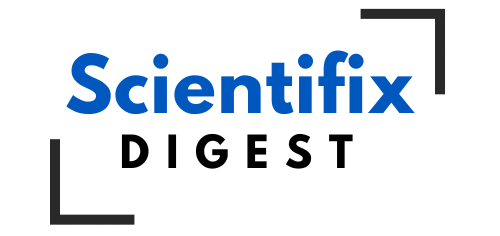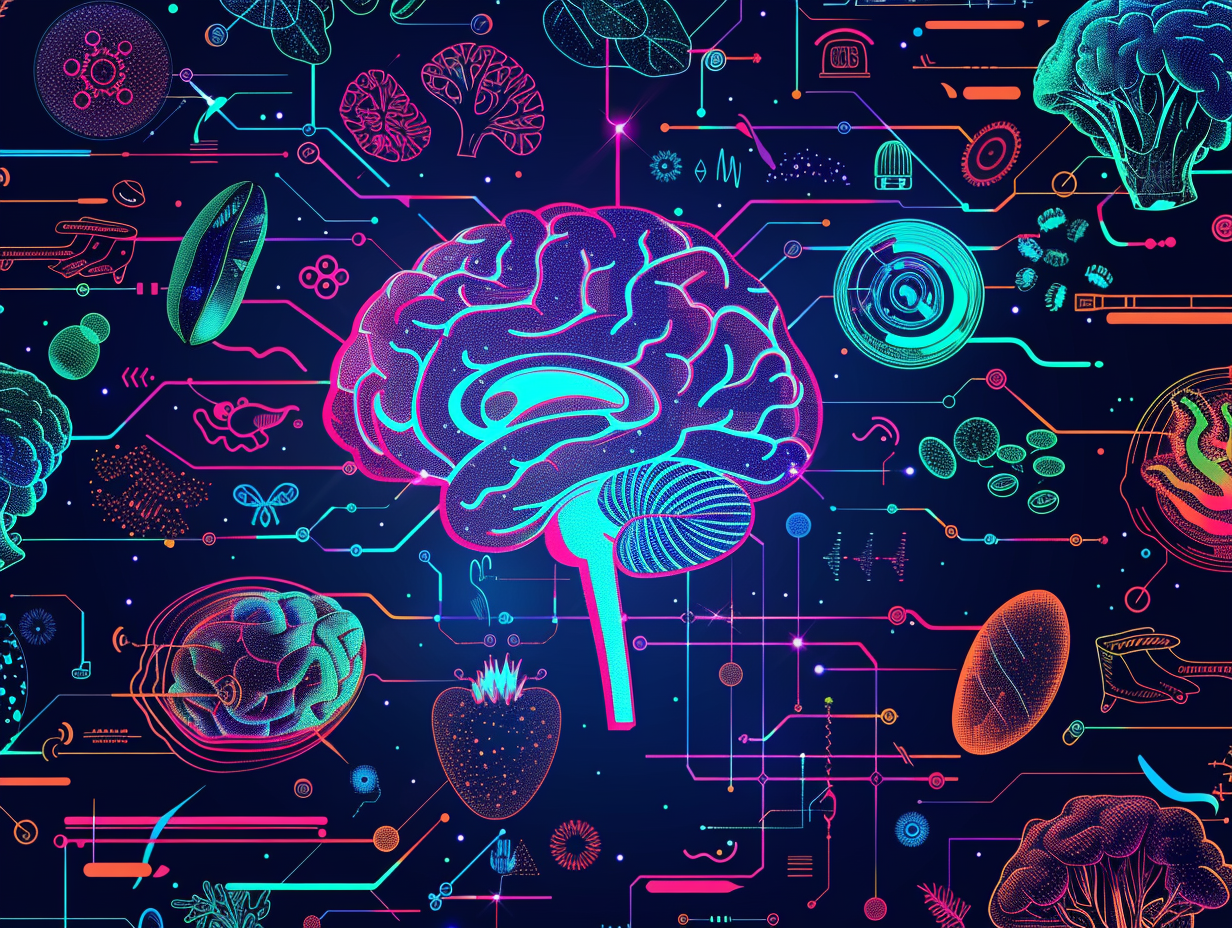The number of obese and type 2 diabetes patients in the world keeps increasing, and there is an urgent need to find safe and effective solutions. Although some modern medications, such as GLP-1 receptor agonist (liraglutide and semaglutide) are good at suppressing appetite and managing glucose levels, they are associated with a very familiar side effect in the form of nausea and vomiting.
An upcoming article in Science Translational Medicine (2025) covers an interesting option. The role played by a naturally occurring peptide, namely octadecaneuropeptide (ODN), in the hindbrain was researched. According to their findings, the control of this pathway is a possible way to manage appetite and glucose metabolism with no nausea or emesis.
This breakthrough leads to a new generation of therapies which could enable people to gain better metabolic health without the unpleasant side effects.
What is the meaning of Octadecaneuropeptide (ODN)?
ODN is an inhibitor protein of diazepam binding (DBI) which is a widely expressed protein that is derived into a peptide. It also initiates in the dorsal vagal complex (DVC), which is a crucial part of the hindbrain that processes signals on energy levels and maintains food consumption and metabolism.
By acting on this pathway, researchers hoped to observe whether ODN would have the ability to regulate appetite and blood sugar and be devoid of side effects as is typical of gut targeting medications.

Key Findings of the Study
ODN Incites Suppression of appetite and meals.
In rats whose hindbrain received a dose of ODN, there was a large decrease in food intake and a change in eating habits. The animals consumed fewer meals, but of shorter lengths and the total calorie consumption was reduced.
Interestingly, the effect was also witnessed in chow-fed and high-fat diet-fed rats, implying that this has the high potential in various dietary conditions.
ODN Enhances the management of glucose.
In addition to the appetite suppressive effect, ODN was also effective in glucose regulation. ODN increased glucose tolerance, decreased inappropriate glucagon secretion, and improved glucose clearance in experiments conducted on rats, who had gone through a glucose tolerance test, and an insulin sensitivity test.
This renders it especially promising in the treatment of type 2 diabetes, in which it is essential to control both the appetite and blood sugar levels.
None Nausea/ Emesis Side Effects.
One significant drawback of available GLP-1 based medications is that they stimulate mechanisms in the area postrema of the brainstem and may result in nausea and vomiting.
Researchers test the effect of ODN on the same species by researching on shrews, which are likely to vomit. ODN and its derivatives did not induce retching or emesis in these animals unlike GLP-1 drugs did.
This is an eye opener indicating a potential nausea-free avenue of regulating the appetite.
Molecular and Genetic Clues.
Other interactions of ODN with other molecular systems were also studied by the team:
The ODN signaling was blocked, which decreased the effect of GLP-1 agonists on appetite suppression, demonstrating that ODN is a member of the natural program of appetite regulation.
The effects of ODN seem glia-mediated (involving support cells in the brain), which is a mechanism under researched in energy balance regulation.
Why This Matters
Existing anti-obesity and diabetes medications prove to be effective but most patients stop using them because they cause side-effects that affect the gastrointestinal tract. This study opens up a new generation of treatment with the development of a pathway to the brain that avoids the nausea centers.
Potential benefits include:
Increased compliance: Patients will be more willing to persist with treatments in the absence of nausea.
Dual action: Control of glucose metabolism as well as appetite.
Precision targeting: Activating metabolic circuits of the hindbrain directly.
Limitations and Next Steps
The findings are innovative, but the study is very young:
The experiments were carried out in rodents and shrews thus human trials are required.
Safety and efficacy in the long term has not been tested.
A significant challenge is coming up with drugs capable of addressing the hindbrain ODN pathway without using invasive methods of delivery.
Nevertheless, this paper provides evidence of concept that these therapies can indeed exist.

Conclusion
This study offers a new potent target in the hindbrain with octadecaneuropeptide (ODN) signaling, which regulates appetite and glucose balance without inducing the nausea and vomiting effects of existing medication.
Should such effects be validated in humans in future studies, ODN based therapies have the potential to become the groundbreaking new form of treatment to obesity and diabetes, transforming the lives of millions that live with metabolic disease.
This finding takes us one step closer to finding solutions to obesity battle, which are not only effective, but are also more tolerable by patients.
References & Resources
Geisler, C. E., Doyle, R. P., Hayes, M. R., et al. (2025). Hindbrain octadecaneuropeptide gliotransmission as a therapeutic target for energy balance control without nausea or emesis. Science Translational Medicine, 17, eadu6764. https://doi.org/10.1126/scitranslmed.adu6764
American Diabetes Association. (2024). Obesity and type 2 diabetes statistics.
National Institute of Diabetes and Digestive and Kidney Diseases (NIDDK). (2023). Current therapies for obesity and metabolic disorders.

